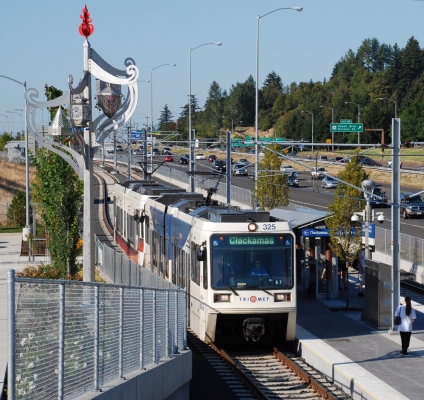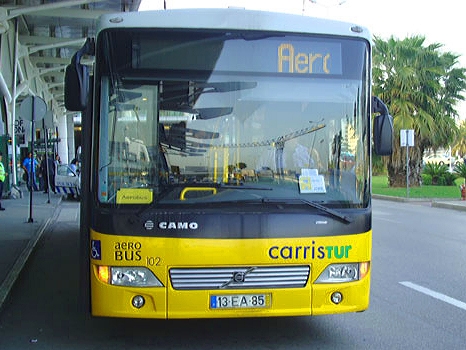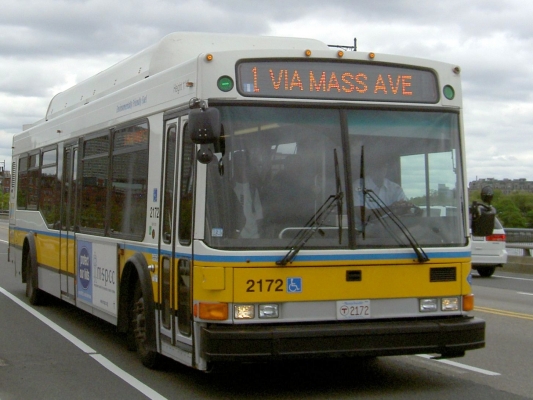The video begins at 2:51.
Adam Moore: Bus Stop Air Quality: An Empirical Analysis of Exposure to Particulate Matter at Bus Stop Shelters
Congested traffic corridors in dense urban areas are key contributors to the degradation of urban air quality. While waiting at bus stops, transit patrons may be exposed to greater amounts of vehicle-based pollution, including particulate matter, due to their proximity to the roadway. Current guidelines for the location and design of bus stops do not take into account air quality or exposure considerations. This study compares the exposure of transit riders waiting at three-sided bus stop shelters that either: 1) face the roadway traffic or 2) face away from the roadway traffic. Shelters were instrumented with air quality monitoring equipment, sonic anemometers, and vehicle counters. Data were collected for two days at three shelters during both the morning and afternoon peak periods. Bus shelter orientation is found to significantly affect concentration of four sizes of particulate matter: ultrafine particles, PM1, PM2.5, and PM10. Shelters with an opening oriented towards the roadway were consistently observed to have higher concentrations inside the shelter than outside the shelter. In contrast, shelters oriented away from the roadway were observed to have lower concentrations inside the shelter than outside the shelter. The differences in particulate matter...
Read more



